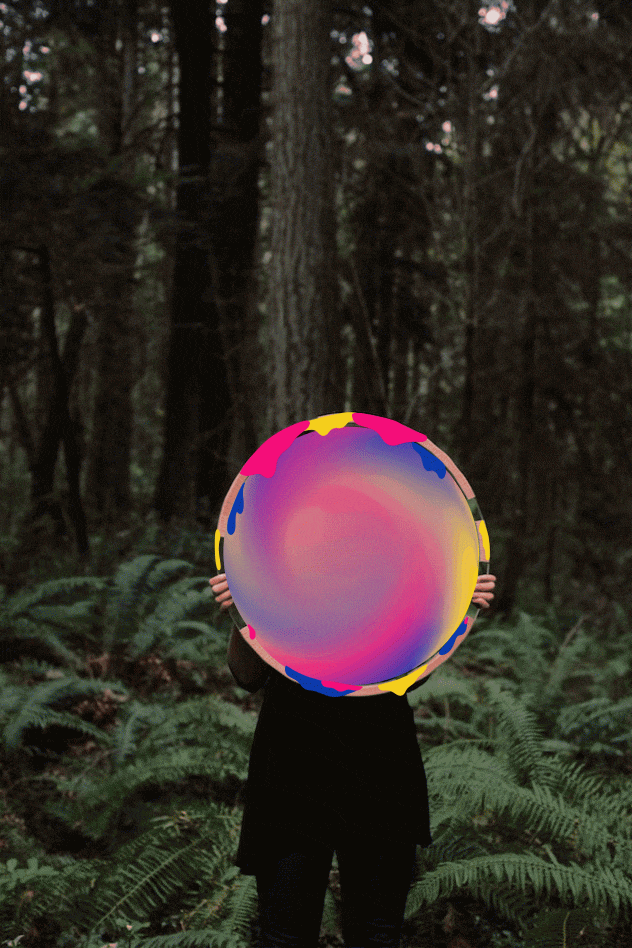LO1, LO2
In this new year, I decided to continue developing my animation skills by continuing the activity animate. As this was the second year of the activity, session plans were now more organised, with an established animating app: Procreate, and new skills taught at the beginning of each session for us to try out. I enjoyed learning new skills on Procreate, an app I had previously only used to draw digitally. This allowed me to create new and interesting animations:
Figure 1: The first session of animate, learning the basics of how to animate using Procreate
Figure 2: Task was to use an image and create an interesting animation incorporating it
Slowly, I begin to develop my animation skills and learn how to create my own animations freely. I had strengths in collaborating with those around me to share new skills we learnt through youtube tutorials and share creative ideas. This made the activity both enjoyable and relaxing. As the sessions progressed, we were given more freedom to begin our own projects, independently making our own animations with skills learnt from past sessions. Although it was difficult to create an animation from scratch, I found the activity to be rewarding. I have enjoyed the more independent sessions recently, as it allows me to take my own time in finishing my animations, thus being able to invest more in the quality. Although some animations have taken more than one session to finish, the ability to express my creativity in my art has been fulfilling, thus even taking time at home to finish projects.
Figure 3: Animation using a youtube tutorial








